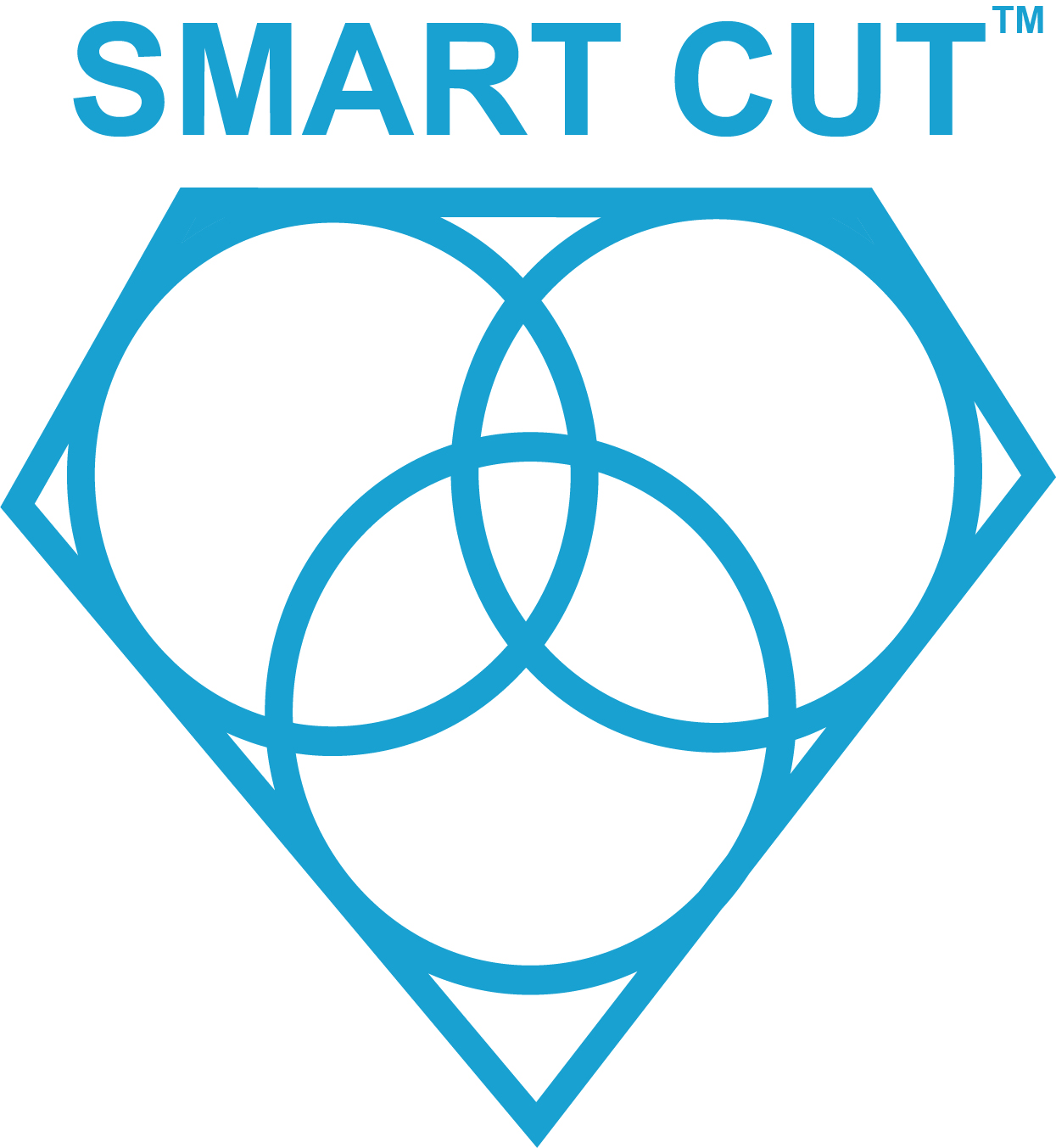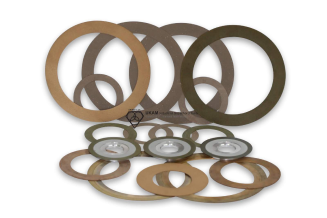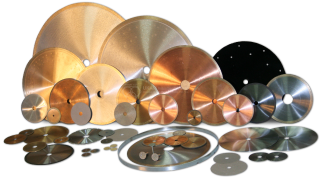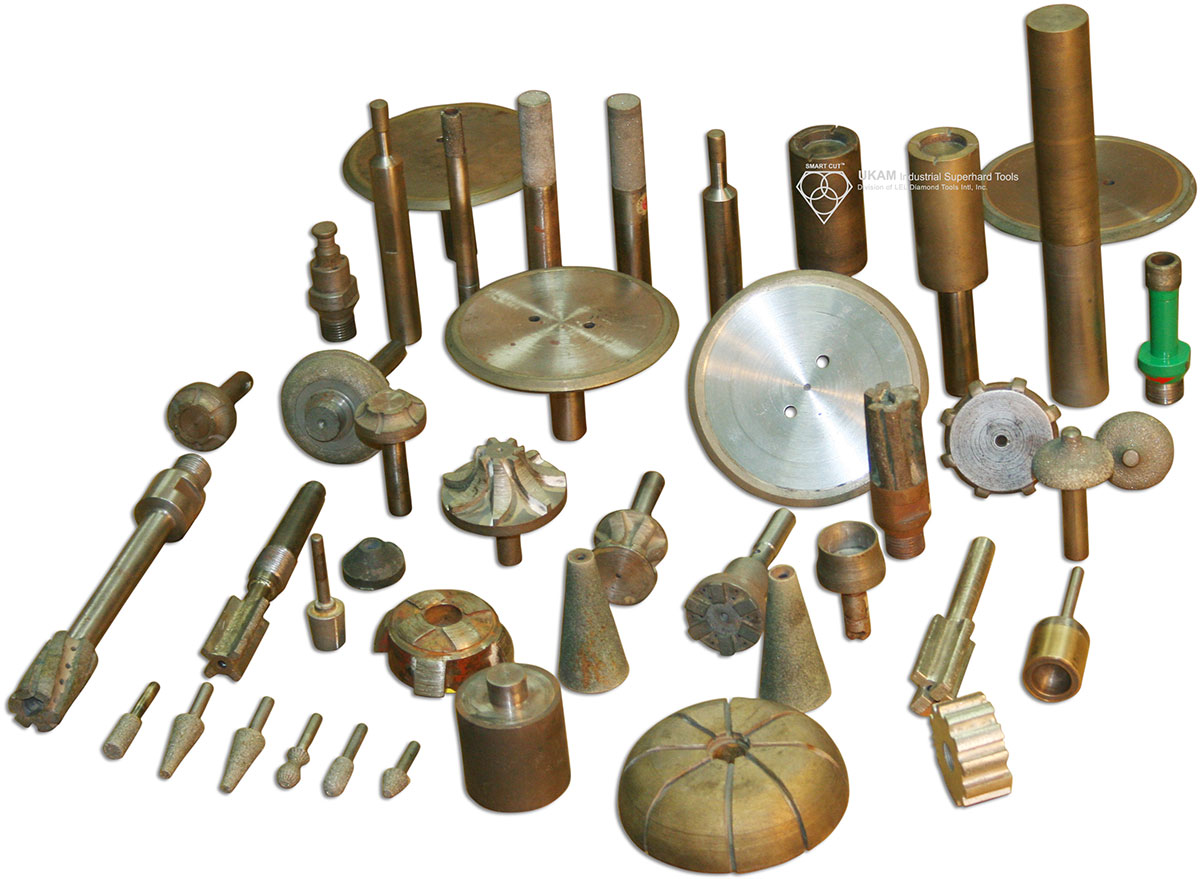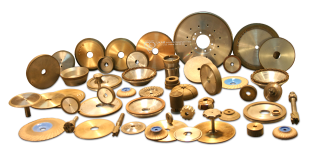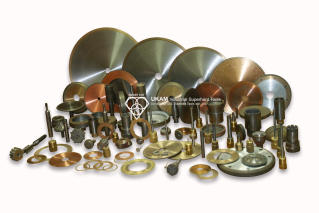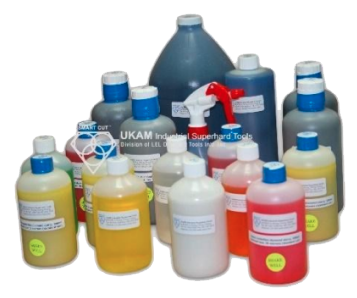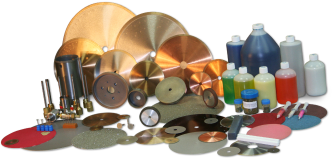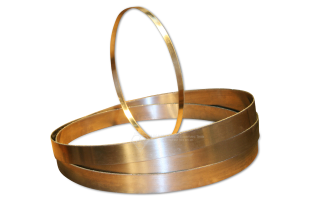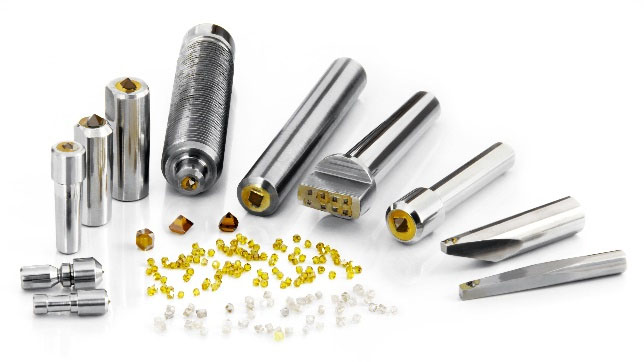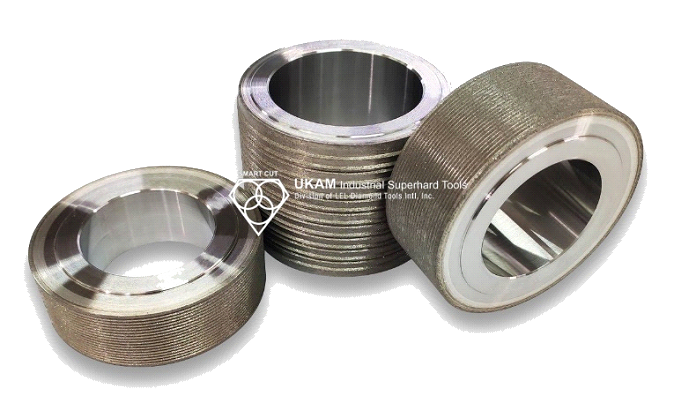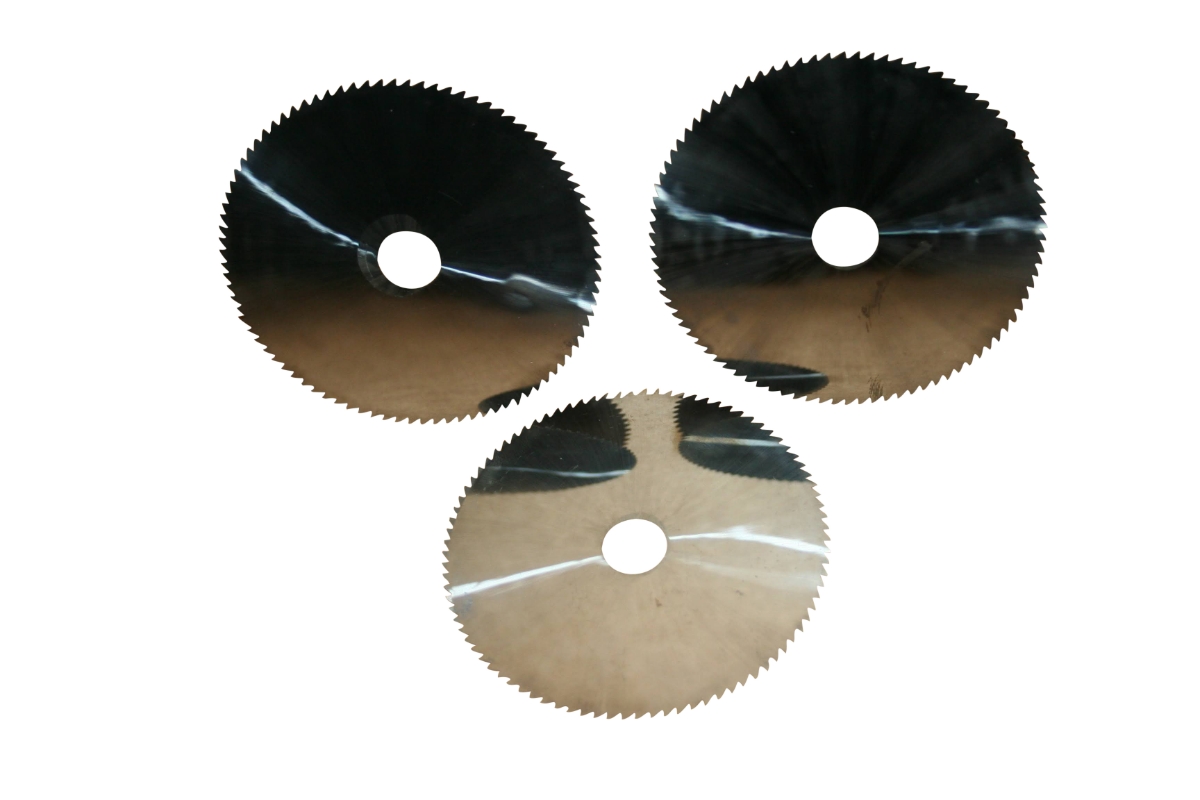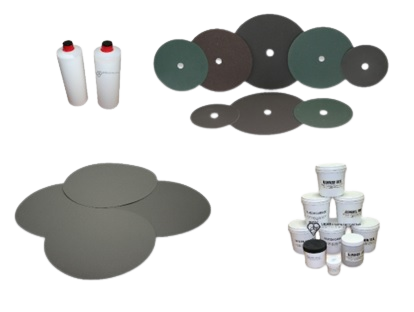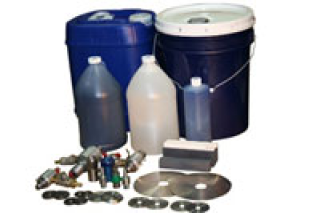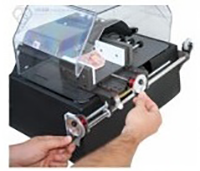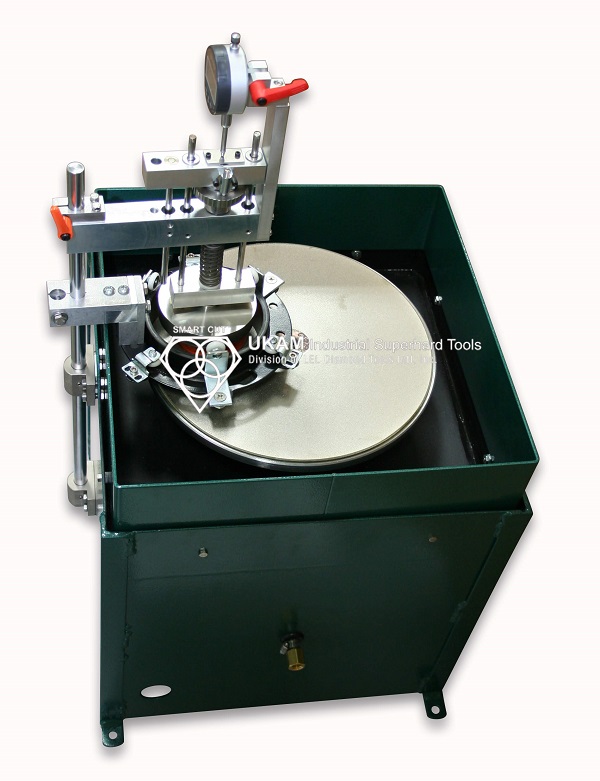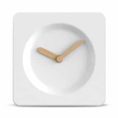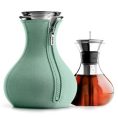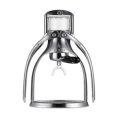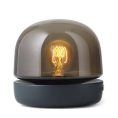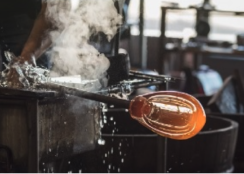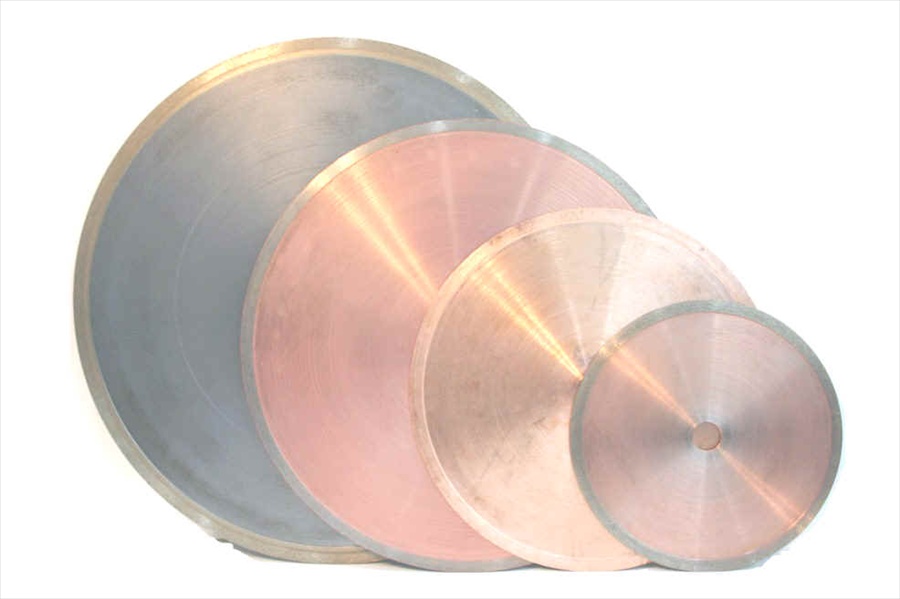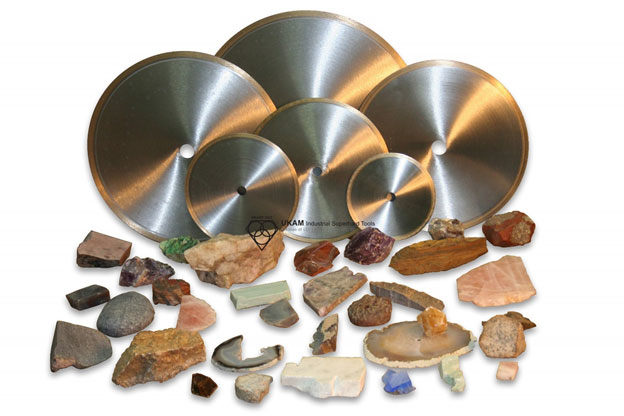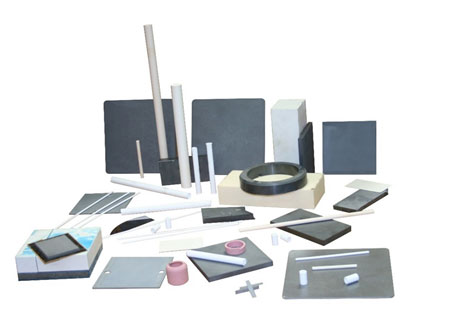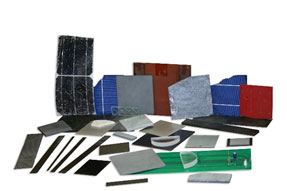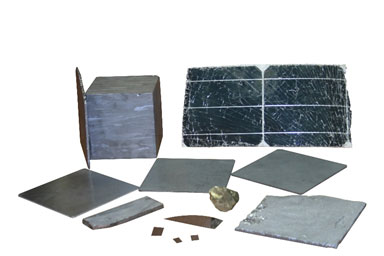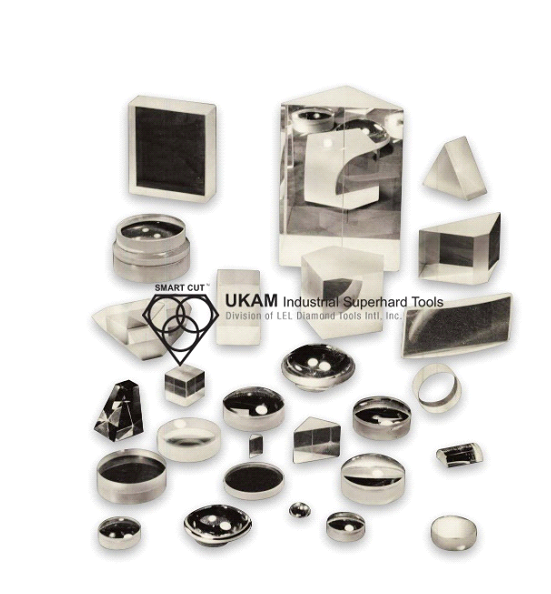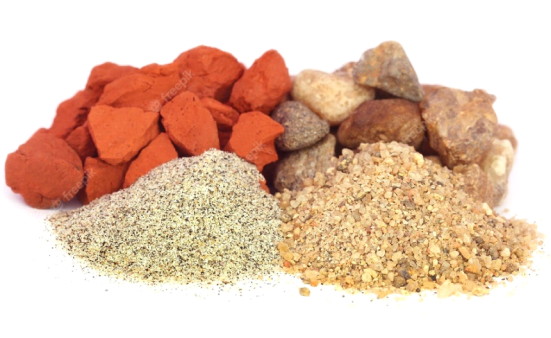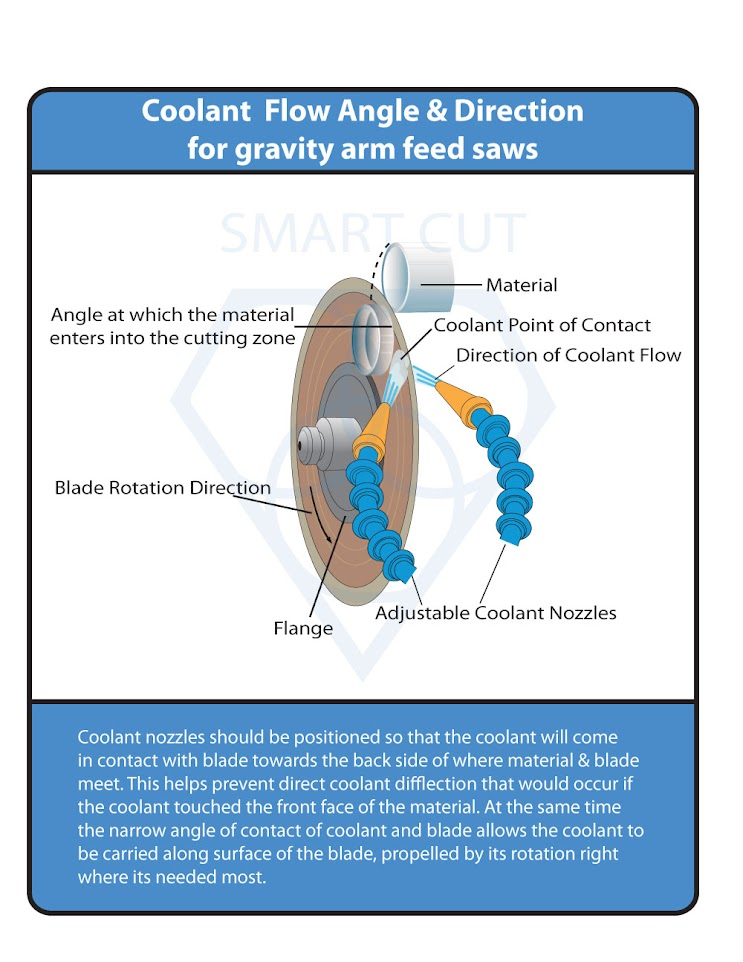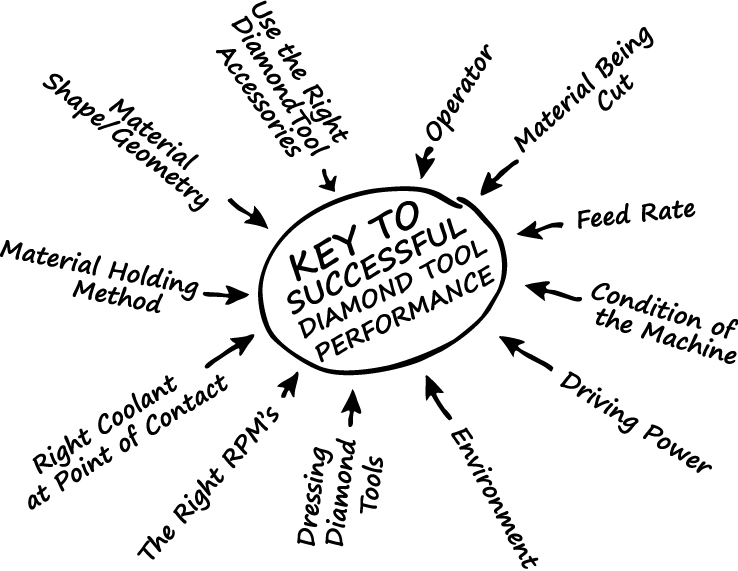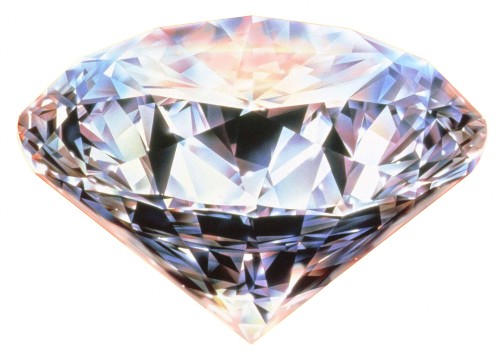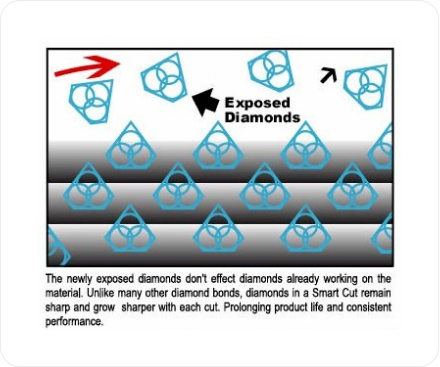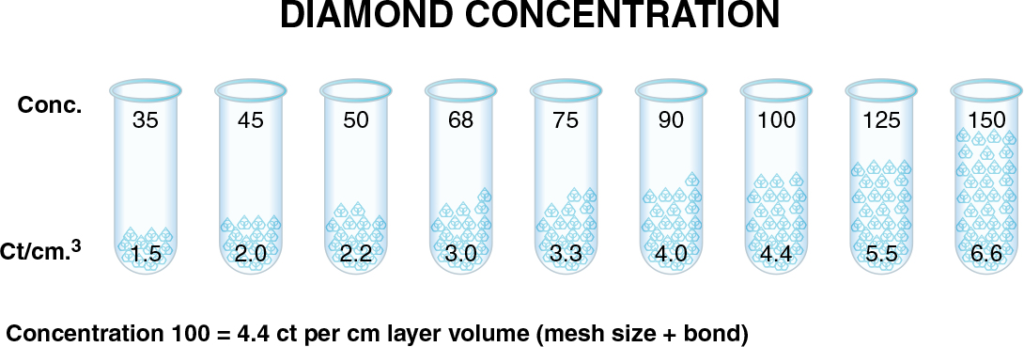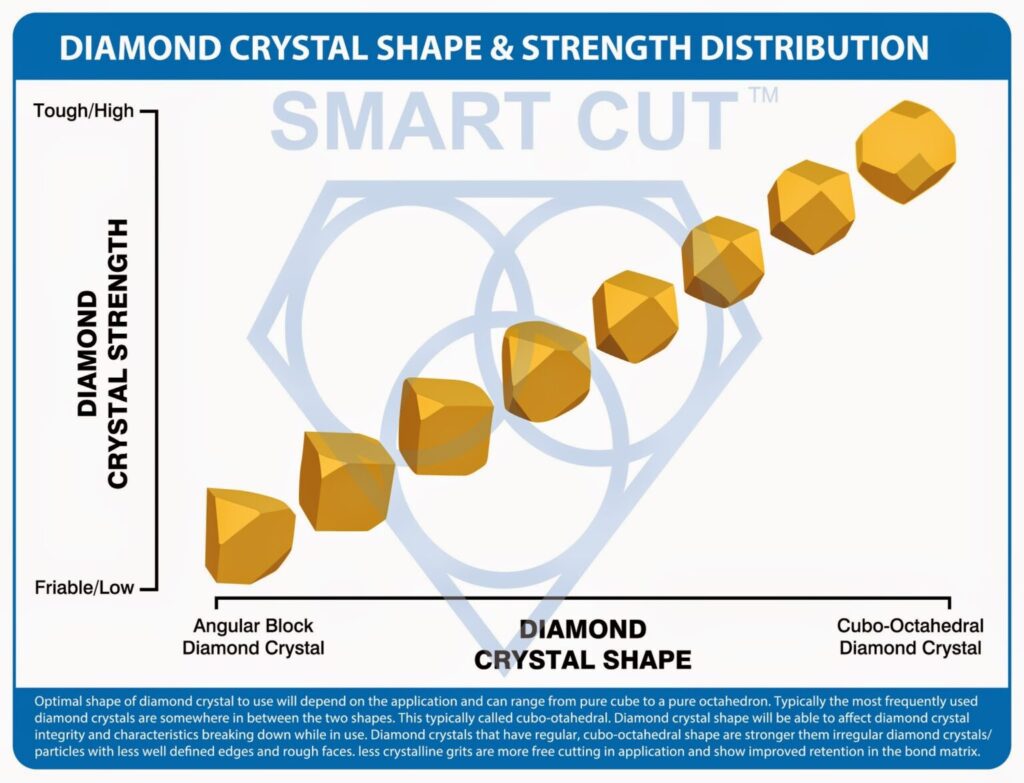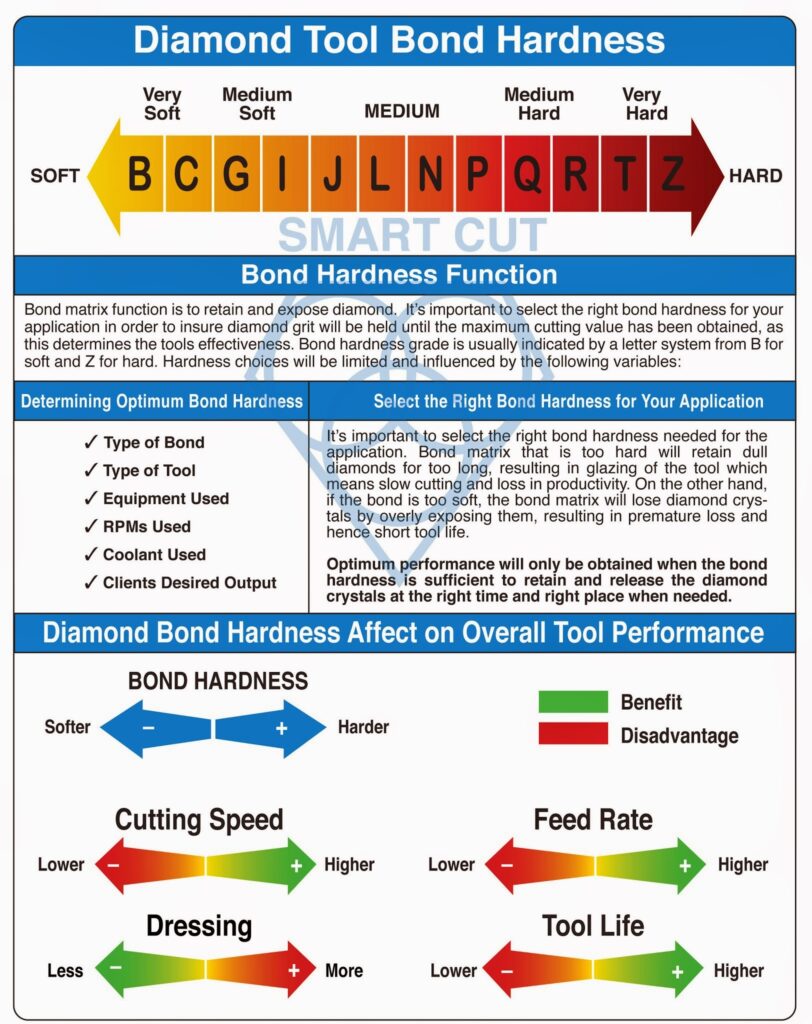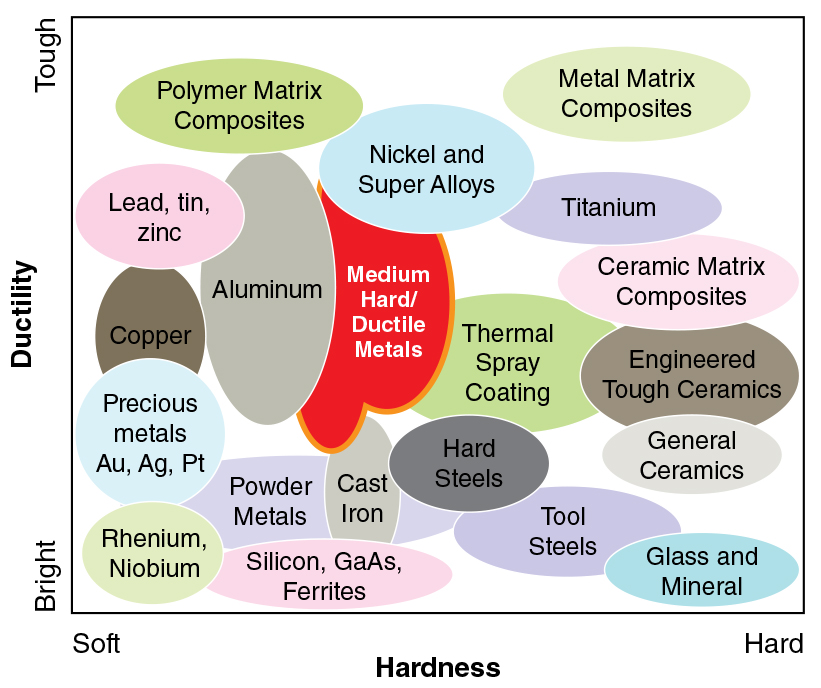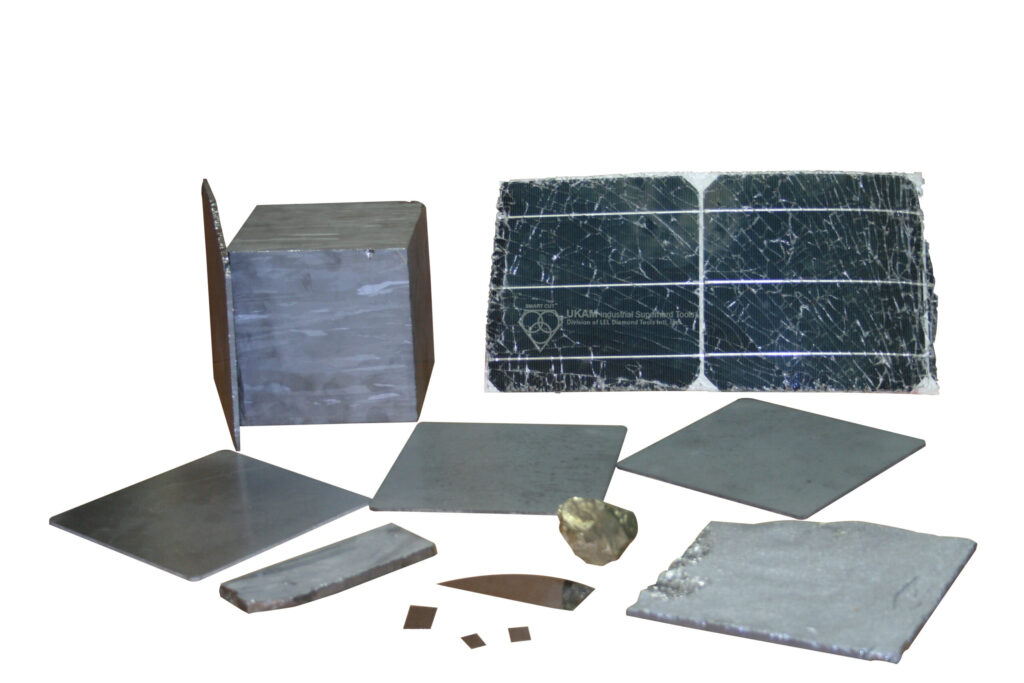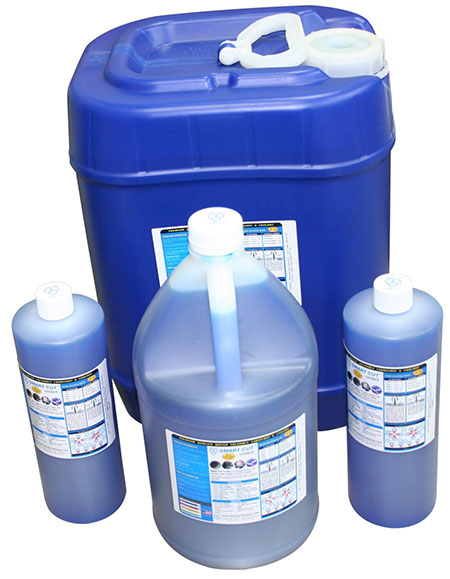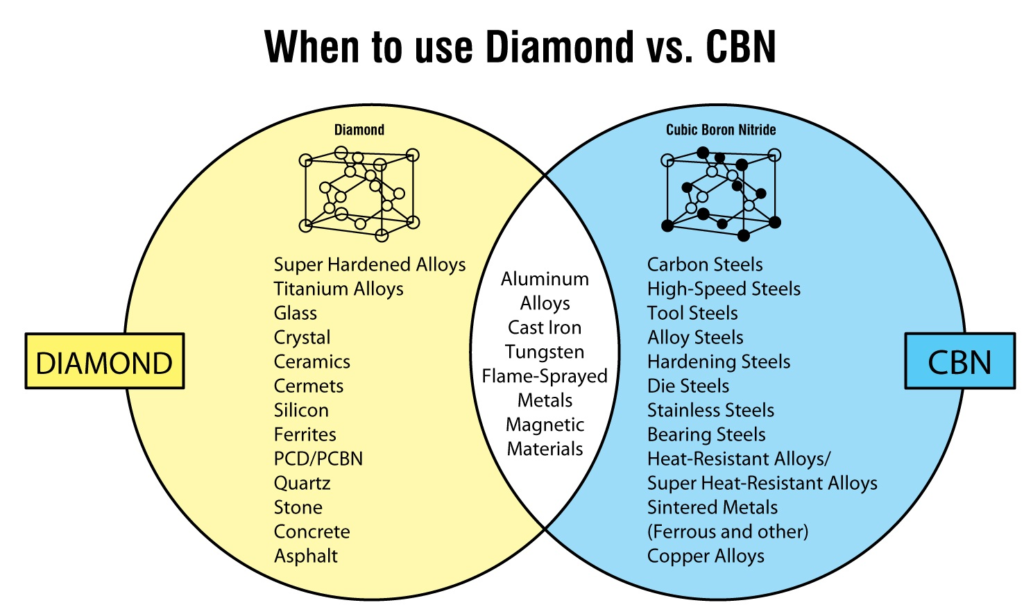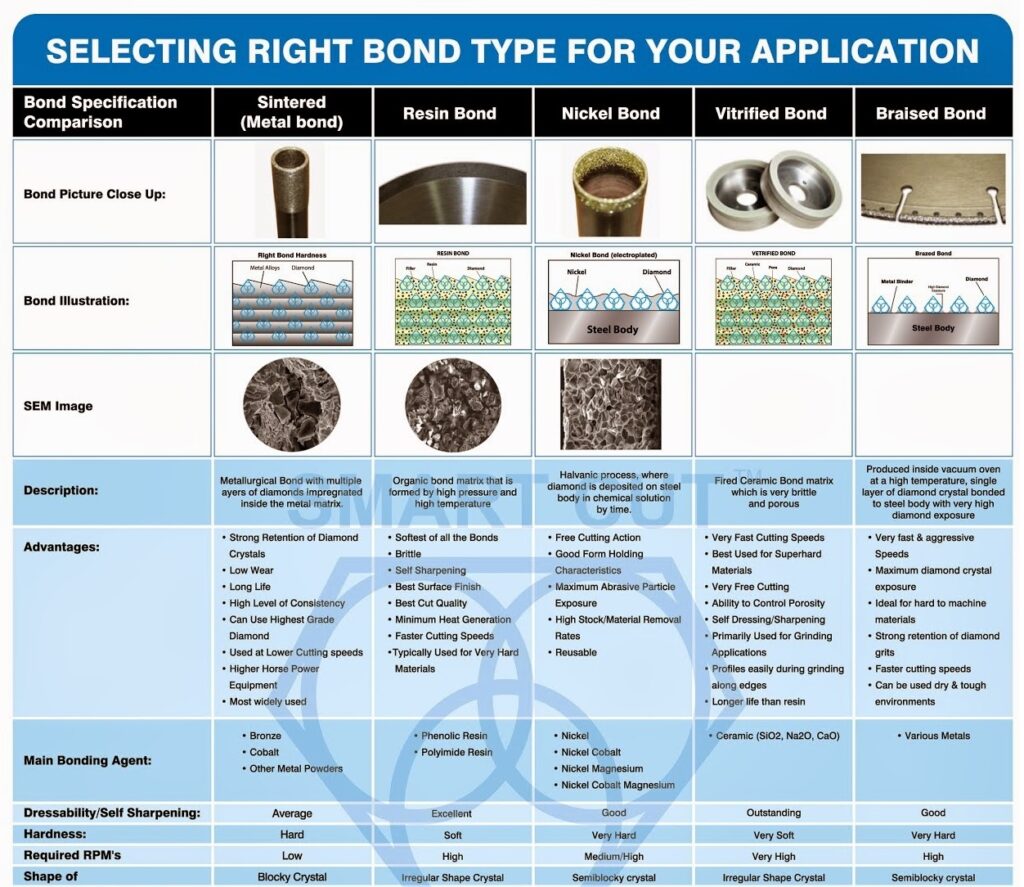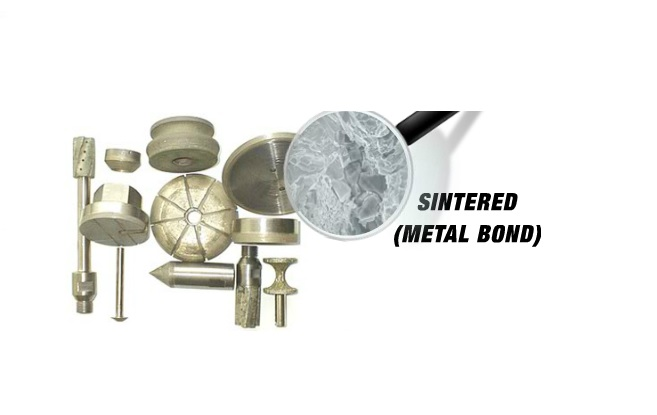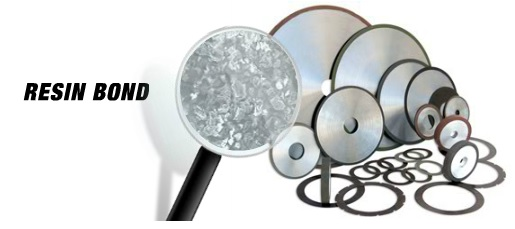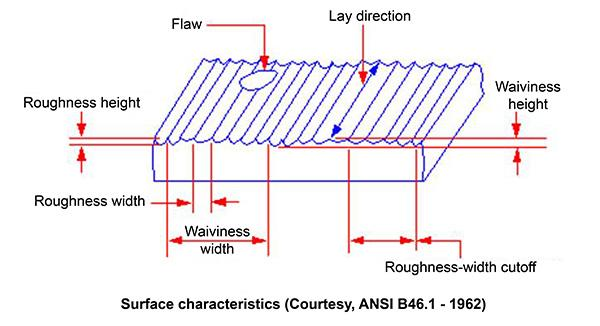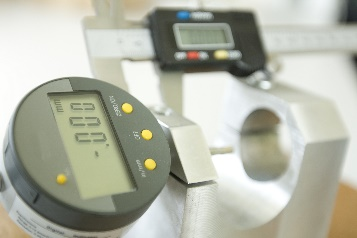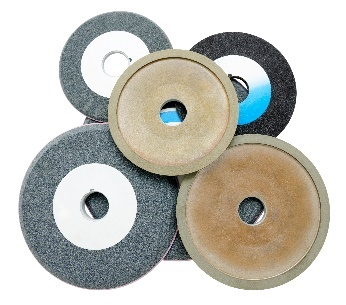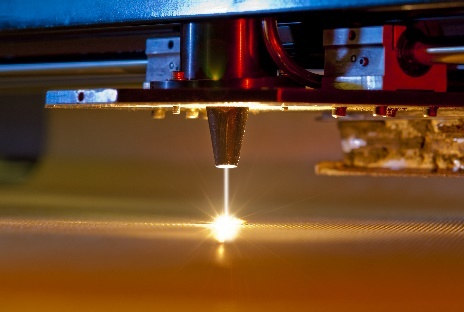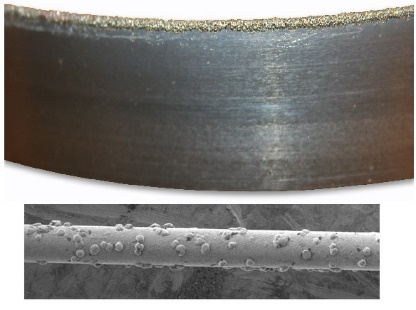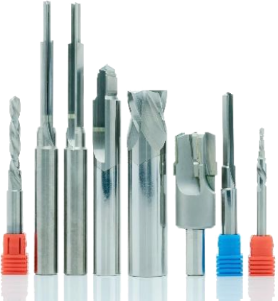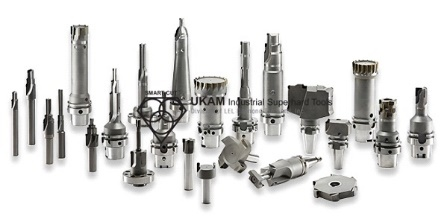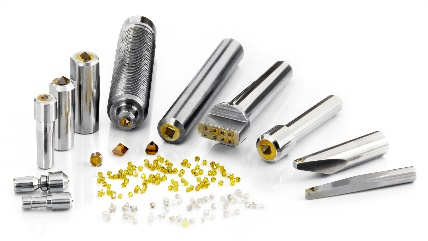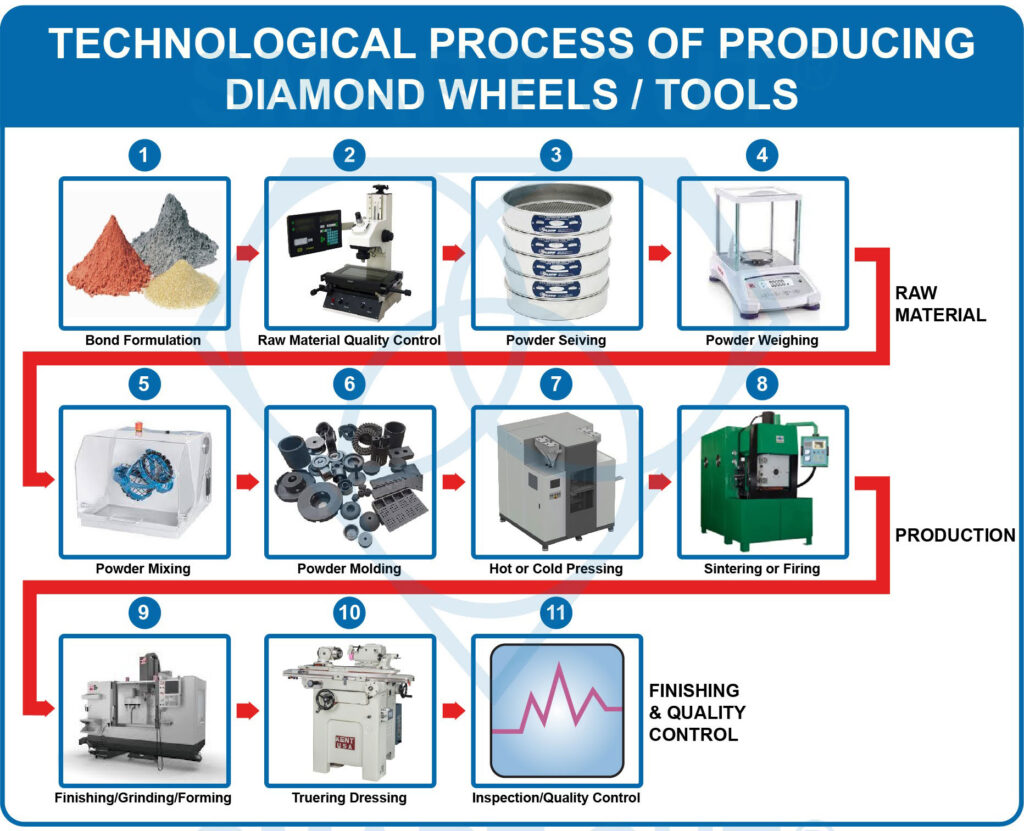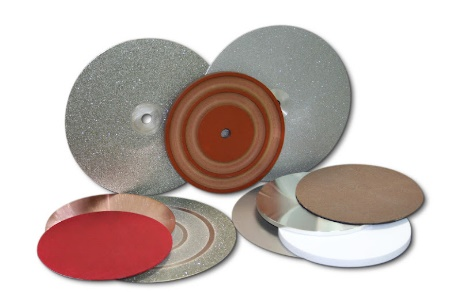The wafering/sectioning blade itself is only a small factor in your sectioning operation. Successful wafering/sectioning operation is both an art & science. Requiring proper use and understanding of selecting the right diamond wafering/sectioning for your material / application. Find everything you need to make you a sectioning export

In order for you to get the most out of your wafering/sectioning blade, we strongly urge you to read and follow these instructions and suggestions. Doing so will help you save money and time. These suggestions and recommendations have come from years of experience in research, development and manufacturing of wafering/sectioning blades. As well as years of personal experience and observations of clients like you. The wafering/sectioning blade itself is only a small factor in your sectioning operation. Successful wafering/sectioning operation is both an art & science. Requiring proper use and understanding of selecting the right diamond wafering/sectioning foar your material / application. Maintaining and using proper:
Selecting the right wafering/sectioning blade parameters, often involves a trial and error process. Many which can be avoided through experience and understanding of how to use these parameter for your specific application. What works for one application, may not work for another. While there is no real substitute for experience, even new wafering/sectioning saw operators can quickly become proficient by learning and applying some basic principles of wafering/sectioning. Many parts of this guide have been published or presented in several industry magazines or presented at conventions.
Safety
Always wear proper safety equipment: Safety footwear, snug fitting clothing, safety goggles, hearing and head protection, and proper respiratory equipment. Always use blade guards provided on machines. Do not remove these safety devices. They are for your protection.
Before Using
Make sure that the arrow on wheel point in the same direction as shaft rotation. Best performance and life will result. Before performing any cutting operations, let the tool run for a few seconds without load. If blade wobbles, vibration or unusual noise occurs, stop the tool immediately. Inspect blade for damage or incorrect mounting.
Dressing is the process of sharpening & exposing diamond particles in bond matrix in order for the diamond particles to freely penetrate into the material, minimize loads, and provide good cut quality. Another reason for dressing blades is to clean a loaded blade from debris that is filling the pores between the abrasive particles. Cutting into the dressing plate creates mechanical and thermal stress and thus produces clean surface


being cut. Wafering/sectioning blades that are poorly dressed will tend to push the material, creating high loads, high cutting temperature/heat, and poor cut quality. This can also cause blade breakage. Resin bond wafering/sectioning blades have a soft binder and in most cases will require minimumdressing, if any at all. Resin bond wafering/sectioning blades are typically dressed in the material being cut. This is why they are frequently called “self dressing blades”. Nickel bond and metal bond blades have a much harder binder and much more aggressive dressing is needed in order to achieve the above mentioned goals. Nickel bond wafering/sectioning blades require dressing. It is important for the diamonds to be well protruded and exposed in order to easily penetrate into the material.

RECOMMENDED DRESSING PROCESS
Dressing procedures are established by the end user and based on experience and the application concerned. There is not one common method that applies to all applications.
Dressing stick used to dress the blade should be same or similar diamond grit/mesh size as the wafering blade being dressed. Many sectioning saws are equipped with automatic dressing chuck that allows the user at the push of a button to forward the dressing stock slowly into the rotating blade as it is sectioning a sample. This insures the blade is continuously dressed as it cuts through the sample. This process is highly recommended especially for cutting soft and gummy samples/materials such as plastic mounted resins that typically tend to smear or gum up the blade. For best results we recommend that the dressing stock used matches the dimensions of the sample as closely as possible. When sectioning ultra hard and WORKING DURING THIS PROCESS.
dense materials such as silicon nitride, it is a good idea to implement a secondary dressing process. Dressing the blade before starting to cut the sample. Doing so will re-sharpen the diamond particles, so they are working at their maximum level of efficiency from the very beginning. This can be accomplished by making five cuts through the dressing stick, so that that the dressing stick covers the diamond section. Make sure coolant is turned on and working during this process.
When and how often should I dress my diamond wafering blade?

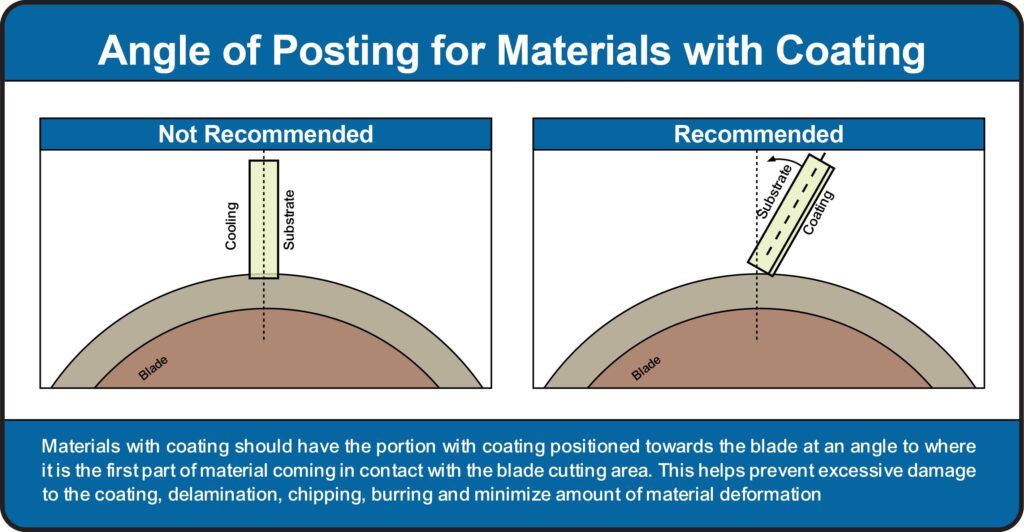
There are no specific recommendations or guidelines on when or how often wafering blade should be dressed. The sectioning saw operator should use their best judgment in determining when and how to dress the blade being used. A good rule of thum to remember: when you notice cutting rate/speed is significantly slower than when the blade was first used is a good sign the blade you are using needs to be dressed. Eventually all diamond wafering blades will need to be dressed, regardless of the material being cut. The amount of dressing a blade will require will depend on the material hardness, density, porosity being cut, as well as material diameter and shape/geometry. Dressing will re-sharpen and re-expose the diamond crystals/particles in the blade bond matrix, as well as unload the blade from material debris covering the diamond section surface. When cutting very soft and gummy materials such as plastics and some epoxy filled composites, the blade will have to be dressed more frequently than when cutting ceramics and other ultra had and brittle materials.
At same time when cutting large diameter materials where the wafering blade is taken almost to its maximum cutting capacity. For example cutting 1” (25.4mm) of material with 5” wafering blade the blade should be dressed continuously during its operation. Dong so will help prevent “build up” edge on the blade and keep the blade from binding up.
Continuously dressing sintered (metal bond) and resin bond wafering blades will not in any way reduce the life of the blade. Dressing is will most likely increase the life of the blade, avoid possible blade damage/wreckage, and optimize your sectioning operation.
COOLING
Coolant should always be used to cool and lubricate the blade. Coolant supply position and pressure is critical to minimize chipping, and maintain consistent and acceptable cut quality. Most frequent source for diamond wafering blade damage and material deformation coolant not affectively reaching the cutting zone.
Coolant serves many functions in wafering/sectioning operation:
-
 Cools blade diamond section and material being cut
Cools blade diamond section and material being cut
-
 Provides lubrication to minimize friction between blade and material
Provides lubrication to minimize friction between blade and material
-
 Washes out and removes powder residue and swarf from cutting process
Washes out and removes powder residue and swarf from cutting process
It has been found that generous flow of coolant increases diamond blade efficiency, improves surface finish and reduces heat build-up and material cracks and deformation associated with overheating. Coolant must be applied in the proper place or it will not cool the blade or material being worked on properly. Coolant should always be directed so that the full flow is at the point of contact between blade and material, facing the same direction as rotation of the blade. The amount of coolant used should increase with the hardness of the material being cut. If you see sparks, there is insufficient coolant reaching the cutting zone or its simply ineffective.
Determine the type of coolant you are planning to use. Most frequently used coolant for sectioning operation are water soluable based coolant and mineral oil. Mineral oil is typically used for sectioning hard metals, where water soluable coolant is preferred on remaining family of materials.
Plain water evaporates at 212 F. Often temperature in your cutting zone reaches as much as 500 degrees F. Often water evaporates, before it has a chance of affectively cooling the wafering blade and sample being sectioned. Resulting in shorter Blade Life, Material Damage or micro cracks associated with overheating.


Water soluble coolant will greatly benefit your sectioning operation reducing sample/material thermal stress, edge damage, and internal cracking, assuring long-term integrity of material being sectioned. Water soluble coolant acts both as coolant and lubricant. Lubrication provided by the coolant reduces the friction between the wafering blade and material / sample. The coolant prevents the sample from sticking to the blade and will improve cut quality and minimize material deformation.
Plain water is not recommended for sectioning operation. However If you must use water as a coolant, check with the blade manufacturer on what type of water recommended for your blade. City water with 90 psi or running water is usually used for cutting. For some applications, you may want to use an additive with your coolant. If you decide to go this route, you will need a circulating system and the right ratio between your additive and coolant.
COOLANT SUPPLY TO CUTTING ZONE
However when cutting ultra hard & brittle materials the coolant flow direction and position will play a major role in determining blade life and performance.

Dual nozzle configuration is best suited to supply adequate amount of coolant at point of contact between blade and material. This type of coolant delivery configuration provides many advantages over other coolant supply methods to cutting zone. Coolant should be pointed at blade point of contact and leading edge of blade. The dual nozzle system provides two separate streams of coolant into cutting zone at angle of cutting edge of the blade. Each stream will cool one side of the blade. The nozzles should be as close as possible to the point where the blade enters the material/sample. Coolant flow should blast with high velocity into the kerf to improve removing debris. wide kerfs an premature blade water is a result of improper coolant amount or flow applied at cutting zone. By correctly position the coolant stream in front of the blade, the coolant will flow on top of the material. In addition, coolant will be drawn into the kef
When cutting softer material/samples direction of cutting is not of ultimate importance. However, when cutting hard and brittle materials that are hard to section, this quiet different. The blade should enter into the material “cutting down”. As the blade penetrates the surface of the material, chips removed by diamond particles become smaller the deeper the blade penetrates. This cutting direction is most optimal to provide best cut quality and minimize material deformation.
COOLANT MAINTENANCE & OPTIMIZATION
Coolant is one of the most overlooked variables in the sectioning process. Effective and proper use of coolant and recalculating coolant system will pay off in terms of improved surface finish quality, increased blade life and more consistent cutting results. Coolant does more than just cool the blade and material, it other more important roles include: lubrication, flush away swarf particles. For most affective use of coolant the quality of water being used, coolant concentration, and maintenance of the coolant tank makes a difference. Different geographic areas have different water harnesses. Water containing less than six grains of dissolved minerals per gallon is considered soft water, water containing more then seventeen grains per gallon is considered hard. The best coolant water to use in a coolant system is chemically pure water, which is free of all dissolved solids. Chemically pure water and reverse osmosis. Reverse osmosis is the method most recommended by coolant manufacturers, however not always available. Deionized water offers much improvement over available city water.
Water in the tank can evaporate and remaining water can become harder. Hard water affects coolant capabilities in many ways decreased capability to the rust inhibitor, increased foaming, formation of a sticky residue, and increased bacteria counts. Coolant concentration should be controlled and maintained to ensure that the coolant is being used at optimum efficiency. Too little coolant in the tank will lead to corrosion and rancidity, while too high of a concentration can also cause foaming. Maintenance of the re-circulating tank is also critical to coolant performance. Cleaning he tank is a dirty job, but if done often enough and thoroughly, it can increase the performance of your sectioning saw. Keeping he coolant tank clean will ensure that you are getting the most form your coolant, keeping corrosion and bacterial growth a bay while providing the necessary coolant, lubrication and protection of your blades and material.
RECIRCULATING COOLANT SYSTEMS
Recirculating systems in the past have been used very infrequently in most laboratory environments. Today the increasing variety of work and materials sectioned by materials research and sample preparation labs are making this overlooked aspect and requirement for many applications.
Recalculating coolant systems, require filtering to remove the swarf particles created during cutting process. These coolants systems typically use either cartridge, centrifugal, or cascade. Which process to use will depend on your application. Excessive amount of swarf particles mixed in coolant will slow heat transfer of coolant and may cause surface damage to material being cut. Coolant system must be constantly controlled and monitored in order to insure process consistency
Coolant temperature will also have an affect on blade life and cut quality. Typically coolant temperatures of 50 degrees F (10 degrees Celsius) will provide best results. White coolant temperatures above 80 degrees F (27 C) should be avoided. Refrigeration of the coolant system can be used with most coolant systems and will provide best results.
SAMPLE CLEANING
Sectioned samples should be cleaned with sap and water or alcohol after sectioning. An ultrasonic bath is an excellent tool for speeding up this process and removing entrapped debris or fluids. To speed up this process, you can also place the samples in oven for several minutes. This will relieve the material sample of any remaining fluid from its pores.
SAMPLE / MATERIAL CLAMPING / FIXTURING
Properly securing the material in place is one of the first and most important steps in sectioning process. The function of the chuck/holidng fixture to keep the sample/material firmly in place, preventing it from moving. Various sample chucks/holding fixtures are available for large variety of sectioning saws to accommodate all types of material shapes and geometries. Its very important to use the right mounting media for your specific sample. Which chuck to use for your application will depend on the beginning sample/material dimensions, desired cut depth, and material properties (hardness, brittleness, shape/geometry). Some challenges of sample chuck mounting/fixturing is occasional chipping at bottom of the cut. The problem is the back side of
material does not have firm support at cutting area, therefore creating higher chipping rate when blade exits the cut.
Holding Sample/material Firmly in Place
The sample should not move while being sectioned. Movement of sample can damage material or blade. As well as any possibility of obtaining planar section. At the same time the sample must not be over tightened. Doing so may possibly damage the chuck or sample. Some of the more brittle materials such in the glass and refractory families can fracture if over tightened in chuck. Where the harder and more denser materials such as silicon carbide may cause dents in the chuck if excessive force is applied. Dents or nicks in the chuck will affect samples sectioned in same chuck causing damage and possible cracks.
Chuck Padding
Padding can help prevent damage of material/sample hold inside chuck and the chuck itself. Padding serves many functions including: protecting material/chuck, protecting sample chuck, avoids sample shifting when pressure is being applied, buffers from damaged/nicked areas of the chuck.
CHUCK POSITIONING / ALIGNMENT
The sample chuck should be securely attached to the load arm. For most applications this is done on the right hand side of the load arm. Longer samples can be amounted on the left hand side of the load arm in order to provide extra clearance and minimize the possibility of sample coming in contact with the saw hood. Improper mounting of the chuck or sample can cause damage to both sample/material and wafering blade.
Positioning of the sample and its angle where it comes in contact with cutting blade can play an important role on cut quality and material deformation. As well as affect the time it takes to cut/section. For best results position/align the sample so that the smallest section/angle comes in contact the blade first. Doing so will insure the sample/material is cut faster than if the widest dimension of the material/sample comes in contact with blade.
This is especially critical for materials/samples with different compositions and properties. For example coated specimens should be positioned so that the coated side is cut first. The helps avoid excessive damage to the coating which has different material properties than remaining part of material.
Sample/materials should be aligned with blade in a way so that sample chuck does not tough the blade support flanges. During your sectioning operation if you find the sample chuck is toughing blade flanges. The chuck should be attached to different position on the saw load arm. Depending on the design and configuration of your saw, this may not be always feasible. Another alternative to resolving this issue is reposition the sample in chuck to the point where there is proper clearance between chuck and blade flange.
EPOXY SAMPLE MOUNTING
Very small and difficult to clamp/fixture samples can be filled with epoxy to allow for easier holding/clamping while being sectioned.
BLADE MOUNTING
Flanges

Proper blade mounting in a flange set in acceptable condition is key to any successful wafering/sectioning operation. Flanges are desined to add addition support and stability to both sides of the blade. Flanges prevent the wafering blade from warping, blade wreckage, slanting cuts, damage to material/sample and much more. Flange Diameter to use would be based on blade diameter and thickness used, material diameter/dimensions (desired exposure ration). Flange diameter affects directional stability of the diamond wafering blade. As a general rule of thumb, the largest possible flange diameter should always to be used.. Flanges shold provide sufficient clearence for sample so the cut may be completed without any interruption. For thinner and smaller diameter wafering blades, recommended flange size is ¾ of the Outside Diameter of the wafering blade.
Often extending right up to the diamond section. For larger and thicker blades the recommended flange diameter is approximately 1/3 the diameter of the blade. Flanges must be free of rust and dirt. Your blade should turn perfectly true after flange nut is tightened. Carriage alignment must be accurate for deeper cuts to prevent blade bending.
Any small scratch or nick in flange edge can cause improper blade mounting. This can lead to slanted cuts, blades wobbling and wider cuts, more chipping, or even possible blade breakage.
OPTIMIZING SECTIONING PARAMETERS
When it comes to optimizing your sectioning operation. Two most important variables besides the wafering blade itself is spindle speed and load / feed rate. These two parameters will typically take presence over all others.
SPINDLE SPEED / RPM’S
Optimal Speeds/RPM's will vary depending on the OD (Outside Diameter) of the blade, application, material to be cut, and equipment used. Using optimal RPM’s for your application will help increase blade life and reduce blade wreckage. Different material have different requirements for cutting speed. Material hardness, density, and spindle sped will affect both spindle speed and therefore cut quality.
Low spindle RPM’s will cause the blade to wear faster to maintain better cut quality. Causing softer wafering/sectioning action, where each diamond particles grind out larger portion of material. Higher spindle RPM’s will do the opposite. Each diamond particle will grinds away a small portion of material, creating harder cutting action. A good rule of thum to remember: for soft, abrasive materials, RPM should increase. For hard, dense materials, RPM should decrease.
LOAD / FEED RATE
Load Amount / Feed rate should be determined by your desired cut quality, material hardness, density, geometry, and thickness. The load to be applied to sample should be function of your desired cut quality and speed. Typically most loads for sectioning saws used today are between 10 to 1,000 grams.
Since goal of majority of metallographic, material research, sample preperation, and failure analysis operations is to introduce most minimal amount of sample/material deformation and preserve true material micro structure. The load arm should feed sample/material slowly into blade so the blade does not lead off. Excessive pressure can cause wafering blade to bend, warp, and part of diamond section to fracture. Excessive pressure can also cause unwanted material burning, smearing, cracks, and deformation.
Best practice to follow would be to start by applying light to medium pressure. Gradually feeding load arm into rotating blade, until it begins t cut at its own speed. If you can see dark “burn” marks around the diamond section, the cutting speed you are using is too fast or you are applying too much pressure. Load/Feed rate should never be so great that blade slows down. For this reason great care and caution should be taken when increasing amount of load/weight applied to the sample. When cutting completely through a sample/material and the cut is near completion, reduce slightly the load/pressure on your blade considerably. Doing so will reduce chipping sample/material as you exit the cut.
Suggested Guidelines for Sectioning of Specific Materials 0.25" (6.4mm) diameter rod. Using SMART CUT 4002 sectioning saw.
Material
Blade Type
Diamond Concentration
Speed (RPM's)
Load (grams)
Estimated Cutting Time
Hot Pressed Silicon Nitride Si3N4
Series 20LCU
Low
4,000
800
0:30
Boron Carbide B4C
Series 20LCU
Low
3,500
700
0:15
Sapphire Al203
Series 15LCU
Low
1500
300
0:40
Chromium Doped Sapphire Al203
Series 15LCU
Low
500
500
0:20
Series 15LCU
Low
2500
500
0:38
Silicon Carbide, SiC
Series 15LCU
Low
2500
500
0:16
Case Hardened Steel
Series 15LCU
High
2500
500
0:16
Grey Cast Iron
Series 15LCU
High
2500
500
0:25
Titanium Alloy
Series 15HCU
High
2500
500
0:32
Zinc Alloy
Series 15HCU
High
2500
800
0:15
Tungsten Carbide 6% cobalt binder, wC
Series 15HCU
High
4500
900
0:15
Tungsten Carbide 25% cobalt binder, WC
Series 15HCU
High
1500
300
1:55
High Purity fused silica SiO2
Series 15HCU
High
2500
500
0:40
Extruded Alumina, Al203
Series 15HCU
High
3000
600
0:40
Aluminum Nitride AIN
Series 15HCU
High
1500
300
0:30
Nickel Zinc Ferrite
Series 15HCU
High
1500
300
0:30
Manganese Zinc Ferrite
Series 15HCU
High
2500
5000
0:30
Yttrium aluminum garnet, YAG
Series 15HCU
High
3000
600
1:15
8 micron graphite fiber reinforced zirconium diboride/ molybenum disilicide composite
Series 15HCU
Low
2500
300
0:20
White Cast Iron
Series Metacut CBN
High
2500
700
Thermal Spray Coatings
Series 15HCU
High
3000
700

